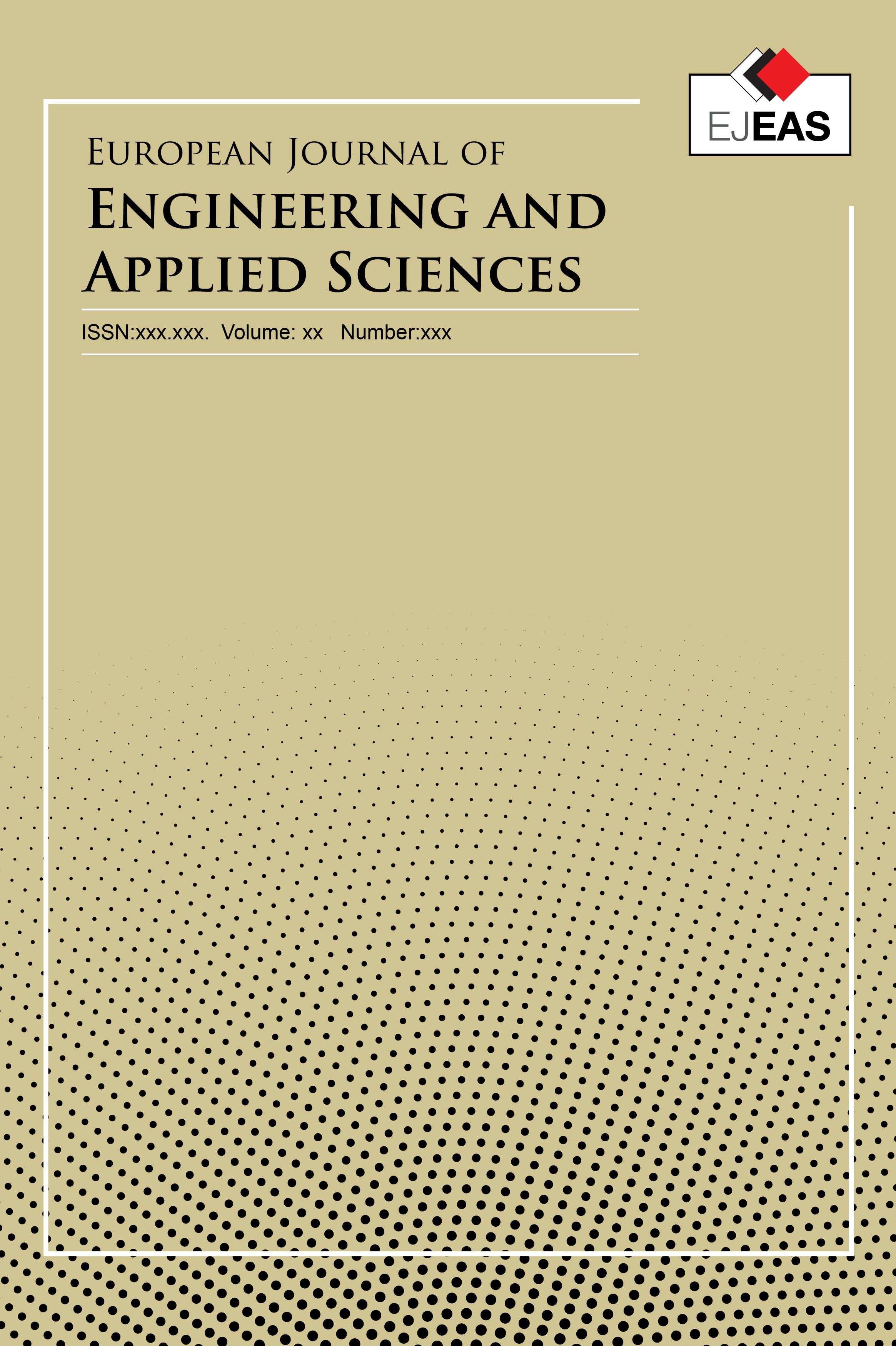Yün Dokuma Kumaşların Çekme Davranışları Üzerine Bir Çalışma
Boyutsal stabilite, Higral genleşme, Kıvrım, Yaş işlem, Yün dokuma kumaş
A Study of the Contraction Behaviour of Woven Wool Fabrics
Crimp, Dimensional stability, Hygral expansion, Wet process, Woven wool fabric,
___
- [1] Karaaslan,F., Dokuma Kumaşların Yaş İşlemler Sonrası Çekme Davranışlarının İncelenmesi. Yüksek Lisans Tezi, 2017, Namık Kemal Üniversitesi.
- [2] Cookson, PG, Relationships between Hygral Expansion, Relaxation Shrinkage, and Extensibility in Woven Wool Fabrics, Textile Research Journal 1992 62: p.44
- [3] Baird, K, Dimensional Stability of Woven Wool Fabrics: Hygral Expansion, Textile Research Journal 1963, 33: p.973
- [4] Shiloh , M, Hunter L & Smuts, S , The Effect Of Fıbre Propertıes And Weave Crımp On The Hygral Expansıon Of Woven Wool Fabrıcs, The Journal of The Textile Institute, 1982,73:5, pp. 238-245.
- [5] Cookson P.G. Hygral Expansion Behavior of Woven Wool Fabrics, Textile Research Journal, 1990, vol : 60, 10; 579-590.
- [6] Dodd K.J., Carr M., Baird M., The Relationship Between Hygral Expansion and Measured Set of Piece-Dyed Worsted Fabrics. Textile Research Journal, 1997, 67 (12); 902-906.
- [7] Li Q., Brady P.R., Wang X., The Effect of pH on Wool Fiber Diameter and Fabric Dimensions, Textile Research Journal, 2009, 79 (10); 953-957.
- [8] Lindberg J., Fabric Setting, in ‘The Setting of Fibres and Fabrics’’. J.W.S. Hearle and L.W.C. Miles, Eds., Merrow Publishing Co. Ltd. England, 1971, 166-200.
- [9] Wemyss A., De Boss A., Effects of Structure and Finishing on the Mechanical and Dimensional Properties of Wool Fabrics, Textile Research Journal, 1991, 61; 247-252.
- ISSN: 2651-3412
- Yayın Aralığı: Yılda 2 Sayı
- Başlangıç: 2018
- Yayıncı: Tekirdağ Namık Kemal Üniversitesi
Yün Dokuma Kumaşların Çekme Davranışları Üzerine Bir Çalışma
Fatih KARAASLAN, Hikmet Ziya ÖZEK
Fire-off’un Pamuk ve Pamuk/Polyester Kumaşlarda Yanma Davranışının İncelenmesi
Halılarda İlmek Çıkma Sorunu İçin Yenilikçi Bir Çözüm Yaklaşımı
Halil İbrahim ÇELİK, Özkan BOZOĞLAN
RFID Tabanlı Üretim Takip Otomasyonu Sistem Tasarımı ve Uygulaması: Metal Sektörü Saha Çalışması
Pelin ÖZTÜRK, Hafiz ALİSOY, Reşat MUTLU
Günay YILDIZ TÖRE, Burak SARIGÜL
Metal Tel İçeren Kumaşların Isınma ve İletkenlik Özellikleri
